Looking for ways to keep your garden healthy and looking great?
Growing a thriving garden in Perth comes with its own unique issues; we live in a hot and dry climate so it’s important to take care of your gardens and lawns in the most appropriate way for our local environment. With that in mind, we have complied our favourite useful gardening tips to have in your tool kit to help you improve garden health, fight pests and disease and make your garden even more beautiful!
Some of these you may know, some may be new to you, and some may even surprise you! Read on for our top useful gardening tips for proud Perth gardeners…
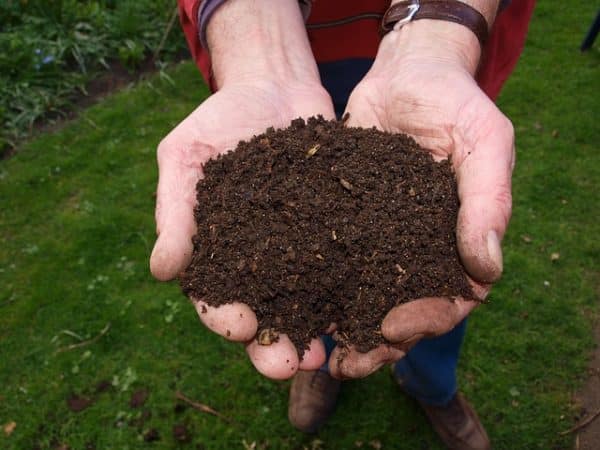
Click to read what you'll find in this post
1. Compost Gold
Start a compost bin with kitchen scraps like fruit and vegetable peels, coffee grounds, and eggshells. Compost adds essential nutrients to the soil, improves its structure, and promotes beneficial microbial activity. There are so many compost bin options now that make it easier to do – including sizes perfect for smaller properties and spaces. Plus, it’s a sustainable way to recycle organic waste and reduce your carbon footprint in the garden and keep food waste out of landfill. Trust us, you’ll see the difference in colour – your compost will be a rich, dark earthy colour, compared to the usual Perth soil which is light brown/grey or just sand!
2. Mulch Matters
If you read our blogs, you’ll have seen us talk about this before, but mulch is essential for healthy, waterwise gardens in our book! Apply a thick layer of organic mulch, such as pine bark or jarrah (you can even use shredded leaves or straw/lupin mulch) around plants to conserve moisture, suppress weeds, and regulate soil temperature.
Mulch also gradually breaks down, enriching the soil with nutrients and improving its overall health over time. For added weed suppression and ‘layers’ in your soil’s eco-system, add layers of newspaper or carboard between the soil and the mulch. This helps create the greenhouse effect and super-charge your soil heath.

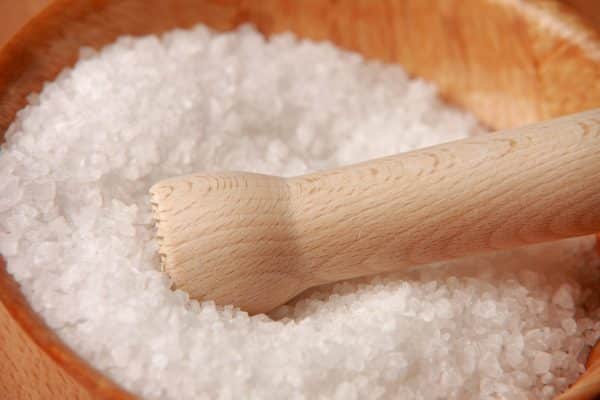
3. Epsom Salt Boost
Give your plants a magnesium boost by adding Epsom salt to the soil. Dissolve a tablespoon of Epsom salt in a gallon of water and use it to water your plants once a month. Magnesium promotes chlorophyll production and increases nutrient absorption, leading to healthier, greener foliage and better overall plant growth. It can also provide a bloom-boost for your flowering and green shrubs. Since Perth’s soils tend to be a bit nutrient-deficient, this is a great way to give your plants a bit more TLC to thrive!
4. Banana Peel Power
Are bananas a regular snack in your household? Start saving your banana peels and bury them around the base of plants like roses, tomatoes, and peppers. Banana peels decompose slowly, releasing potassium, phosphorus, and other trace minerals into the soil. They also contain calcium, magnesium, and sulphur – so the peels are as good for your plants as the fruit is for you! This natural fertilizer encourages robust root growth, flowering, and fruit production. Just make sure they don’t touch the plant stems.
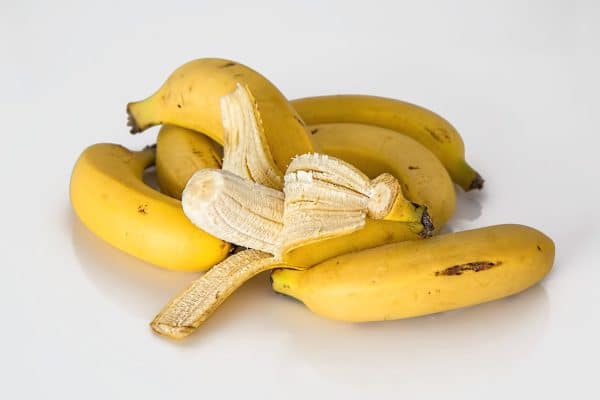
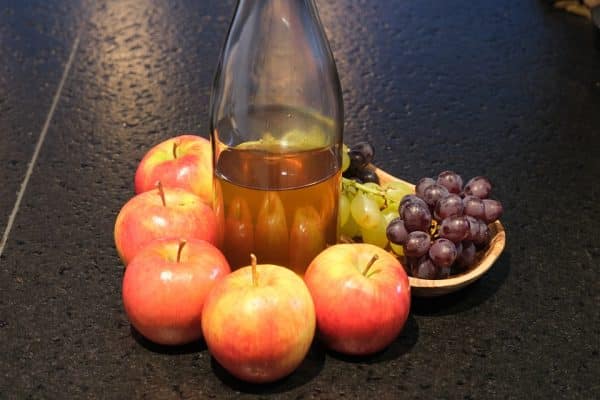
5. Vinegar Weed Killer
We all have a bottle of vinegar in the cupboard – but have you ever used it on weeds? Create a natural weed killer using your household vinegar instead of a harsh chemical option. Mix equal parts white vinegar and water in a spray bottle and add a few drops of dish soap. Spray the solution directly onto weeds, taking care to avoid any nearby plants. The acetic acid in vinegar effectively kills weeds by dehydrating them, making it an eco-friendly alternative to chemical herbicides. This is a great option for spot-weeding those annoying patches around your garden.
6. Coffee Grounds Weed Prevention
A lot of us are told to use coffee grounds in the garden for weed suppressants or a soil boost, but it can actually inhibit growth in plants – it’s all in how you use it. The safest way to use your coffee grounds is as an addition to your compost! Once broken down and the rich compost is added to your garden, the coffee inclusion helps the soil to increase water retention and inhibit weed growth. This way your garden gets all the benefits without the potential negative impacts.

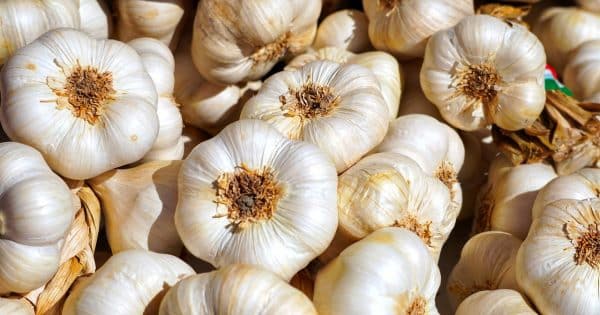
7. Garlic Spray Insecticide
Not just for vampires, it also repels and kills pests! Make your own insecticidal spray using garlic, an effective natural repellent against aphids, caterpillars, and other garden pests. Blend several cloves of garlic with water in a blender, strain the mixture, and dilute it with more water. Transfer the solution to a spray bottle and apply it to infested plants, targeting both pests and their eggs for comprehensive control. Be aware that it is a potent herb so don’t use it too concentrated and make sure to spray later in the day so the sun on the sprayed plant’s leaves doesn’t burn them.
8. Neem Oil Protection
Use neem oil as a safe and organic insecticide and fungicide in your garden. Neem oil disrupts pests’ feeding and reproductive cycles, effectively controlling a wide range of garden pests like aphids, mites, and insects. It also suppresses fungal diseases such as powdery mildew and black spot, keeping your plants healthy and disease-free. There are a lot of easily available neem oil sprays in Perth from gardening shops, online specialists and, of course, Bunnings.


9. DIY Eggshell Fertilizer
Crush eggshells into small pieces and sprinkle them around the base of plants to provide a slow-release source of calcium. Calcium is essential for strong cell walls and helps prevent common disorders like blossom end rot in tomatoes and peppers. Eggshells also deter soft-bodied pests like snails and slugs, acting as a natural barrier around vulnerable plants. You can also throw them in your compost for an added boost. Make sure to bury them if you have issues with pests/pets so they are less likely to attract them.
10. Soap Solution Pest Control
Create a gentle insecticidal soap spray to control soft-bodied pests like aphids, mealybugs, and spider mites. Mix a tablespoon of mild liquid soap, such as Castile soap, with a quart of water in a spray bottle. Shake well and spray the solution directly onto affected plants, covering both the tops and undersides of leaves. The soap disrupts pests’ cell membranes, causing them to dehydrate and die off without harming beneficial insects or plants. As always, don’t spray when the sun is directly on the leaves, or they may burn.
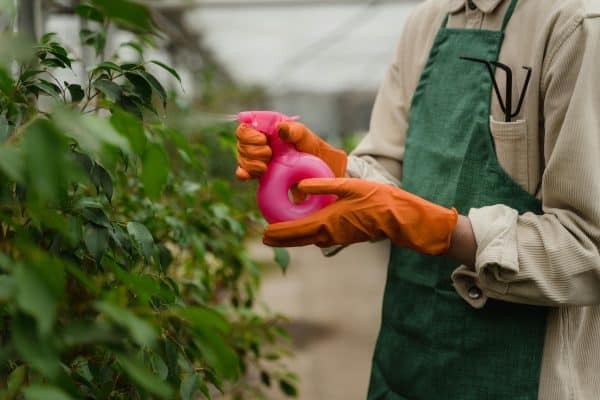
11. Baking Soda Fungicide
Combat fungal diseases like powdery mildew and black spot with a simple baking soda spray. Many fungal sprays are toxic to animals (including bees!) and their humans, so many gardeners prefer to try this option first. Mix a teaspoon of baking soda and a few drops of liquid soap (not laundry detergent) in a gallon of water and spray it onto affected plants every 7-10 days. Baking soda raises the pH of the plant surface, creating an inhospitable environment for fungal spores to germinate and spread. And when do we spray this on the plants? That’s right, not during the day in full sun!
12. Milk Mildew Prevention
Prevent powdery mildew and other fungal diseases by spraying plants with diluted milk. Mix one part milk with two parts water and spray it onto susceptible plants every 7-14 days. The proteins and enzymes in milk have antifungal properties that suppress fungal growth and boost plants’ natural immune responses, keeping them healthy and disease resistant. Try to do this in the morning before the sun is up so the leaves don’t burn, and it gives the plant a chance to dry out during the day. And remove all affected leaves before treatment.
13. Vinegar Soil pH Adjustment
Adjust soil pH levels naturally using household vinegar. Test your soil pH with a soil testing kit and, if it’s too alkaline (high pH), apply white vinegar at a rate of one cup per gallon of water to lower it. Mix the vinegar solution into the soil around plants or use it as a soil drench, repeating as needed until you achieve the desired pH range for your plants. Take great care to avoid any vinegar going on the plant leaves and keep your quantities on the lower side to be safe as it is a very acidic and can be harmful in high concentrations.
14. Molasses Soil Amendment
Improve soil fertility and microbial activity by incorporating molasses into your gardening routine. Mix one tablespoon of unsulfured (check your labels first) molasses with a gallon of water and use it to water your plants every few weeks. Molasses provides sugars that feed beneficial soil microbes, enhancing nutrient cycling and improving soil structure for healthier, more productive plants. It’s also quite low cost and available from most supermarkets so easy to find. You can also use it in baking so it’s good for the garden and tasty for the gardener!
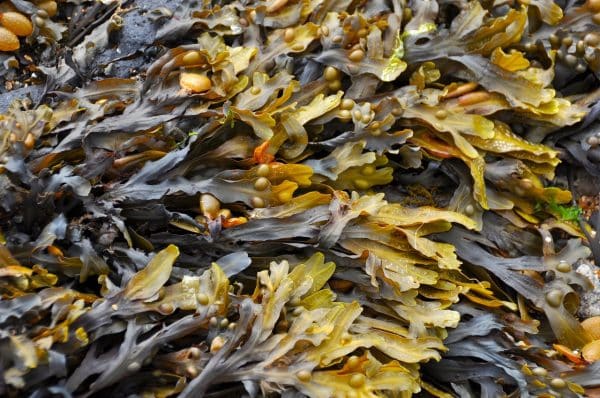
15. Seaweed Extract Plant Booster
We love this and recommend seafood fertilisers to our own gardening clients as a great natural, plant-friendly garden health boost. It boosts plant growth and resilience with it’s seaweed extract, a natural plant growth stimulant rich in micronutrients, amino acids, and plant hormones. Dilute seaweed extract according to the manufacturer’s instructions and apply it as a foliar spray or soil drench. Seaweed extract enhances nutrient uptake, increases drought tolerance, and strengthens plants’ natural defences against pests and diseases. It’s also safe for pets and humans – just be aware there may be a bit of an initial smell when applying!
16. Vinegar Ant Repellent
Deter ants from invading your garden by spraying vinegar around entry points and ant trails. Vinegar disrupts ants’ scent trails, making it harder for them to navigate and communicate with one another. Reapply vinegar as needed, especially after rain or watering, to maintain its effectiveness as a natural ant repellent. As usual with vinegar, take care to avoid plant leaves when applying and try to stick to spraying hard-scaped areas – especially if reapplication is needed. This way you won’t accidentally change your soil’s PH levels and make them too acidic.
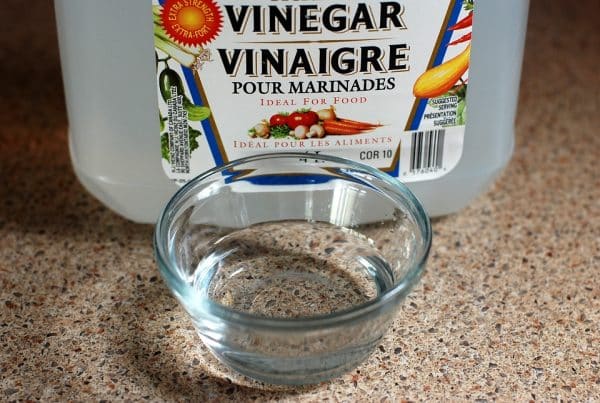

17. Beer Slug Trap
Yes, this requires sacrificing a beer for the cause, but your slugs aren’t fancy, skip the craft beer aisle and go straight to whatever is on special! Set up beer traps to lure and drown slugs and snails in your garden. Bury shallow containers, such as yogurt cups or saucers, at soil level and fill them with beer. Slugs are attracted to the yeast in beer but drown upon entering the trap. Empty and refill the traps regularly to keep them effective in controlling slug populations without the need for chemical pesticides. Of course, you might want to avoid this one if you have pets. Because slugs are attracted to the yeast, if you really don’t want to share your beer, or don’t want to intoxicate your curious pets, you can try a mix of Vegemite and water instead.
18. Citrus Peel Pest Barrier
Create a natural pest barrier by placing citrus peels around plants vulnerable to pests like aphids and ants. Citrus peels contain compounds that repel pests and mask the scent of susceptible plants, making them less attractive to potential invaders. Replace citrus peels periodically to maintain their repellent properties and keep pests at bay in your garden. Importantly, make sure to use only the peels themselves – the sugar and juices of the fruit will have the opposite effect and attract pests!

19. Diatomaceous Earth Pest Control
Use food-grade diatomaceous earth (DE) to control crawling insects like ants, cockroaches, and beetles in your garden. Sprinkle a thin layer of DE around the base of plants or on soil surfaces where pests are active. It’s a bit horrible to think about how it works, but DE isn’t actually eaten by the pests, rather it works by abrading pests’ exoskeletons, causing them to dehydrate and die. More than just a useful tip for the garden, it can also help with eradicating bed bugs, mites and fleas, so it’s an option that is worth having a look into!
Now that we have given loads of tips for garden health, here are some more useful gardening tips for helping them look great!
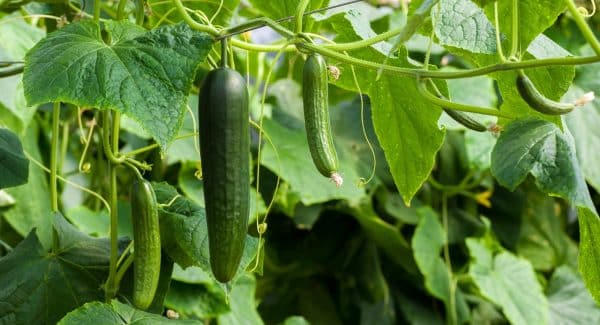
20. Vertical Gardening Beauties
For gardens large, and especially small, vertical gardening is a great addition! Chuck some veggies like cucumbers, tomatoes or beans on a trellis and watch them climb. It’s a perfect way to save space and add a bit of charm to your backyard with lush greenery growing from every angle. Not only does vertical gardening maximize space, but it also enhances air circulation around plants, minimizing disease risks and elevating the aesthetic appeal of your garden. From herbs, to veggies or your favourite flowering plants, take your garden to another ‘level’ by adding a vertical garden.
21. Bee-Friendly Blooms
We love bees – and the world needs more of them, so we all need to do our part! Bring in the buzz to your garden with native flowers like lavender, sunflowers or bee balm. These beauties are like a beacon for bees, pollinating away and adding a bit of life to your garden party by attracting pollinators and encouraging biodiversity. By providing a haven for bees and other beneficial insects, you’ll not only support local ecosystems but also boost the productivity of your garden through enhanced pollination. Not to mention, these blooms look beautiful!


22. DIY Rainwater Harvesting
Why fork out for extra water when you can snag it from the sky? Here in Perth, we need every bit of extra water we can get – especially for those of us with gardens to grow! Place a couple of rain barrels under your gutters, and you can give your plants an extra drink or two for free. Not only does rainwater harvesting conserve water and reduce utility costs, but it also provides plants with a nutrient-rich source of hydration, promoting robust growth and vitality.
23. Companion Planting
Get your green mates together for a bit of a mix-up! Stick some basil next to your tomatoes and watch them grow better together than apart – it’s like nature’s version of a perfect pair. By strategically pairing compatible plant species you’ll get a whole lot more out of your garden. For instance, interplant aromatic herbs like basil or mint among your vegetable crops to deter pests and enhance flavour profiles. By leveraging the natural repellent properties of certain plants, you can create a harmonious ecosystem in your garden that minimises pest pressure and maximises growth. It can also add a bit of interest and difference to your garden as well!
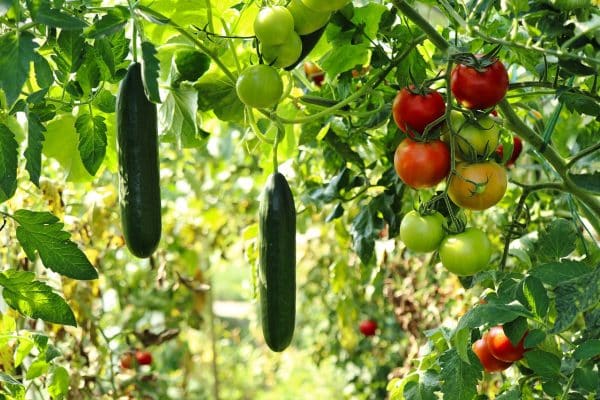
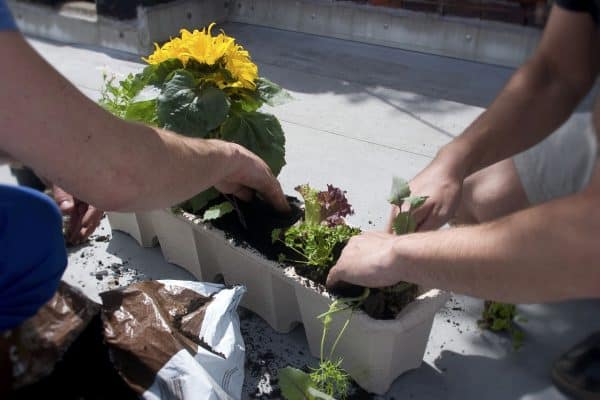
24. Creative Container Gardening
Who says you need a big backyard to have a top-notch garden? Whether it’s on your balcony or in your backyard, container gardening is a real game-changer! Repurpose items like old tires, wooden crates, bathtubs, wheelbarrows or even kitchen colanders as whimsical planters for herbs, flowers, or succulents. Container gardening not only adds visual interest to your garden but also enables mobility, allowing you to rearrange your plantings (just roll the wheelbarrow where you want it) with ease and adapt to changing sunlight conditions.
25. Heritage Heirlooms
Celebrate biodiversity and preserve culinary traditions by cultivating heirloom varieties of fruits and vegetables. From vibrant heirloom tomatoes (which taste incredible) to ancient grains like quinoa, heirloom plants offer unparalleled flavour and genetic diversity. By championing heirloom gardening, you contribute to the preservation of rare and endangered plant varieties, ensuring a vibrant tapestry of flavours for future generations to enjoy.
26. Natural Pest Predators
Harness the power of nature’s pest control agents by attracting beneficial predators to your garden. Introduce insectaries of predatory insects such as ladybugs, lacewings, or parasitic wasps, which prey upon common garden pests like aphids, caterpillars, and mites. By fostering a balanced ecosystem of predator and prey, you can mitigate pest damage without resorting to harmful chemical interventions. Add an insect hotel or two to your garden to really help them feel at home – and your kids will love it too!
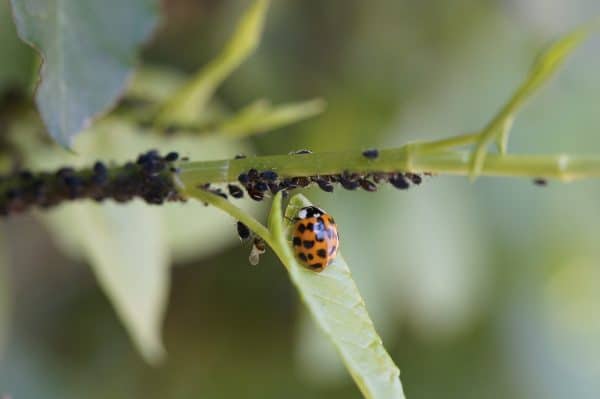

27. Soil Solarisation Technique
Combat soilborne pests, weeds, and diseases through the practice of soil solarisation. Give your soil a spring clean by throwing a bit of plastic over it during the summer months and let the sun work its magic. It’s a top-notch way to get rid of pests and diseases without lifting a finger. To employ this technique, cover moistened soil with clear plastic sheeting during the hottest months of the year, allowing the sun’s heat to penetrate and sterilise the soil. Soil solarisation effectively eliminates harmful pathogens and weed seeds, creating a clean slate for subsequent plantings and promoting optimal soil health.
28. Seed Saving Savvy
Cultivate self-sufficiency and preserve genetic diversity by mastering the art of seed saving. Selectively harvest seeds from the healthiest and most robust plants in your garden, ensuring genetic resilience and adaptability to local growing conditions. Label and store seeds in a cool, dry environment for future plantings, perpetuating a cycle of abundance and continuity in your garden ecosystem.
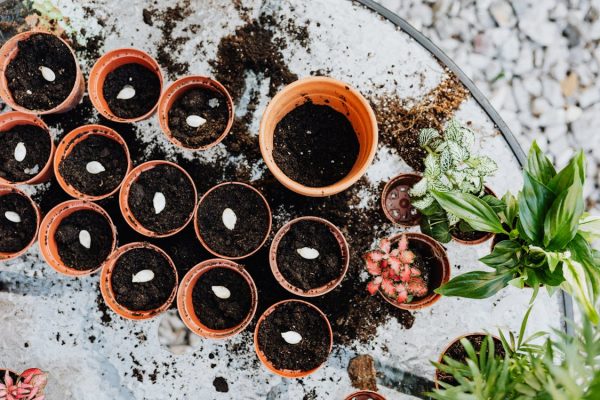
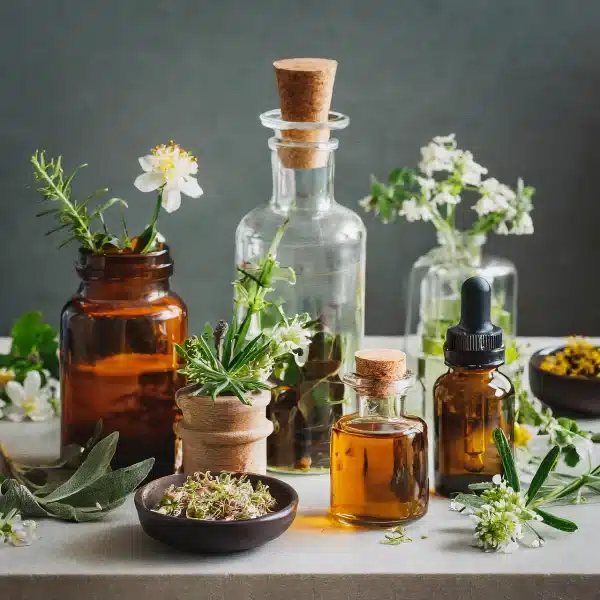
29. Herbal Remedy Elixirs
Harness the healing properties of herbs to create homemade botanical remedies for common garden ailments. Medicinal herbs like chamomile, calendula, or comfrey can treat plant diseases, enhance soil fertility, and promote overall garden wellness. For example, chamomile tea helps treat and prevent fungal diseases, calendula repels pests, and comfrey leaves add beneficial nutrients to the soil. There is so much more to discover about how plants can help and heal other plants – get researching!
30. Lasagna Gardening Technique
Layer up your garden beds like you’re making a giant veggie lasagna to build nutrient-rich soil beds without tilling or digging. Layer organic materials such as cardboard, straw, compost, and aged manure directly onto the ground, creating a lasagna-like structure that decomposes over time. As the layers break down, they enrich the soil with organic matter and foster a thriving microbial community, resulting in fertile, loamy soil perfect for planting.

Whew, and those are our top 30 useful gardening tips for our fellow Perth gardeners. We hope you found something to use and ways to make your garden happier and healthier in our blog!
Don’t forget, our gardening teams are out and about all week making Perth gardens tidy and beautiful, so if we can help with yours – give us a call on 08 6263 4645!

